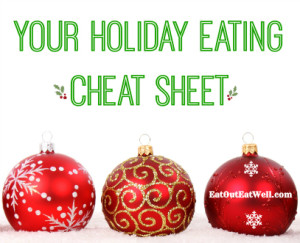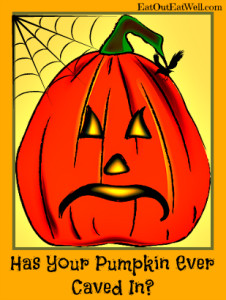 I spotted these mason jar and candy combos today. I’m always on the lookout not just for good, healthy food — but also for anything that accompanies food that potentially makes it taste better and also might make the dining experience more enjoyable.
I spotted these mason jar and candy combos today. I’m always on the lookout not just for good, healthy food — but also for anything that accompanies food that potentially makes it taste better and also might make the dining experience more enjoyable.
These mason jar and candy combinations fit into the second category and made me, and lots of others, smile. They’re really inexpensive to make and can easily serve as both Easter “baskets” as well as great centerpieces for your holiday table. The tulips and Peeps are so awesome that I wasn’t the only one whipping out my phone to take some pictures. They’re just M&M’s on the bottom with Peeps around the sides, some fake grass, and a small vase stuck in the middle that is filled with tulips. Happy, easy, and it makes you smile!




